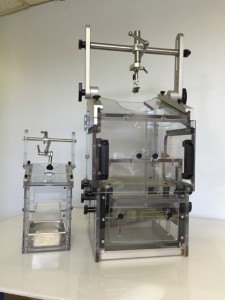Over the years, we have gained a lot of experience working with our customers during the transition to MR compatible instruments. In the process, we have identified the need for someone (like us) to take on the challenge of standardizing the equipment and making it available so everyone does not have to re-invent the wheel.
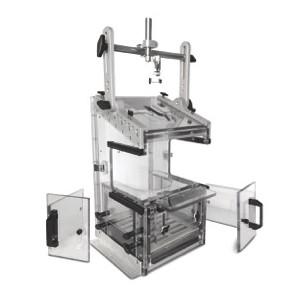
MRI Chair
The first of this new line of items is our MRI compatible chair for awake behaving subjects. Our fMRI testing chair can actually be used in the horizontal position while imaging inside the bore and can be placed into the vertical position for electrophysiology recording. That’s right the same chair. In addition we have made changes here and there to allow us to adapt it to work with our head fixation post as well as easily adapt it to other head fixation standards. Contact us for more information.
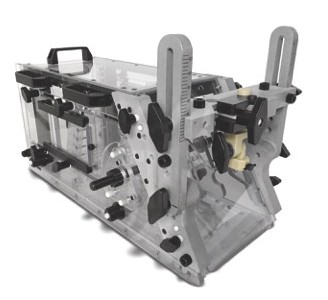
ePhys Chair
Due to popular demand we have come out with a complete line of nhp testing chairs for all types of research needs. Large and small animals alike, our chairs are extremely versatile and can be custom designed for any research application.
NHP Smart Chair
Our most recent addition is an advanced automated in-cage testing chair for marmosets. It includes a RFID identification system, proximity sensors, a continuous weighing mechanism, touchscreen and reward delivery system in a compact debris- resistant transparent box that mounts on the monkey housing cage. We even include a transparent panel to replace one of the home cage panels to make sure everything fits. The information acquired by the system is recorded and available to the researcher. Task learning may be achieved at a faster rate by an investigator that runs the system remotely.
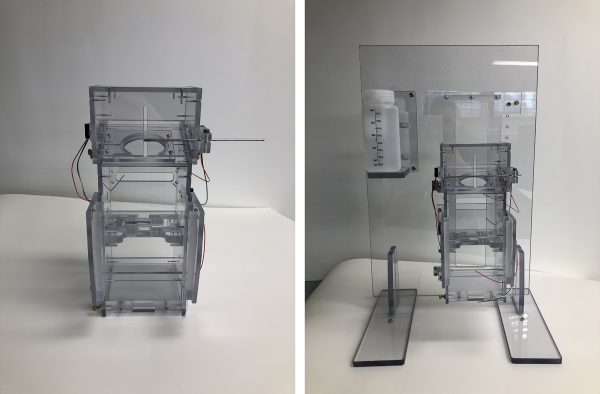
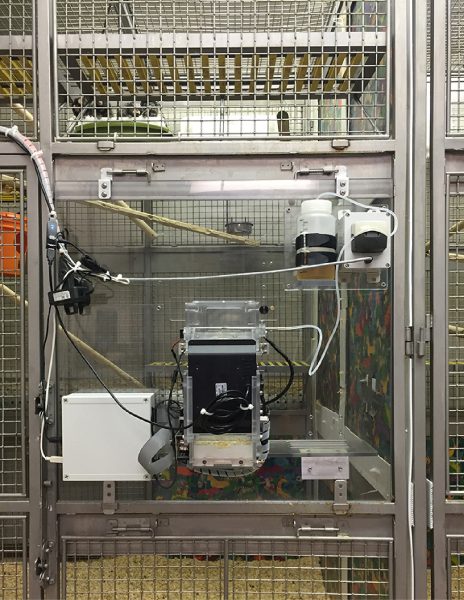
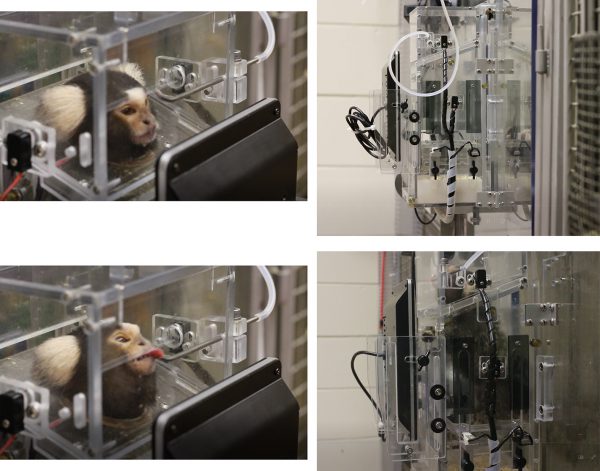
See one of our custom NHP chairs, from:
Mason S, Premereur E, Pelekanos V, et al. (2019) Effective chair training methods for neuroscience research involving rhesus macaques (Macaca mulatta). Journal of Neuroscience Methods 317: 82-93. doi: 10.1016/j.jneumeth.2019.02.001

